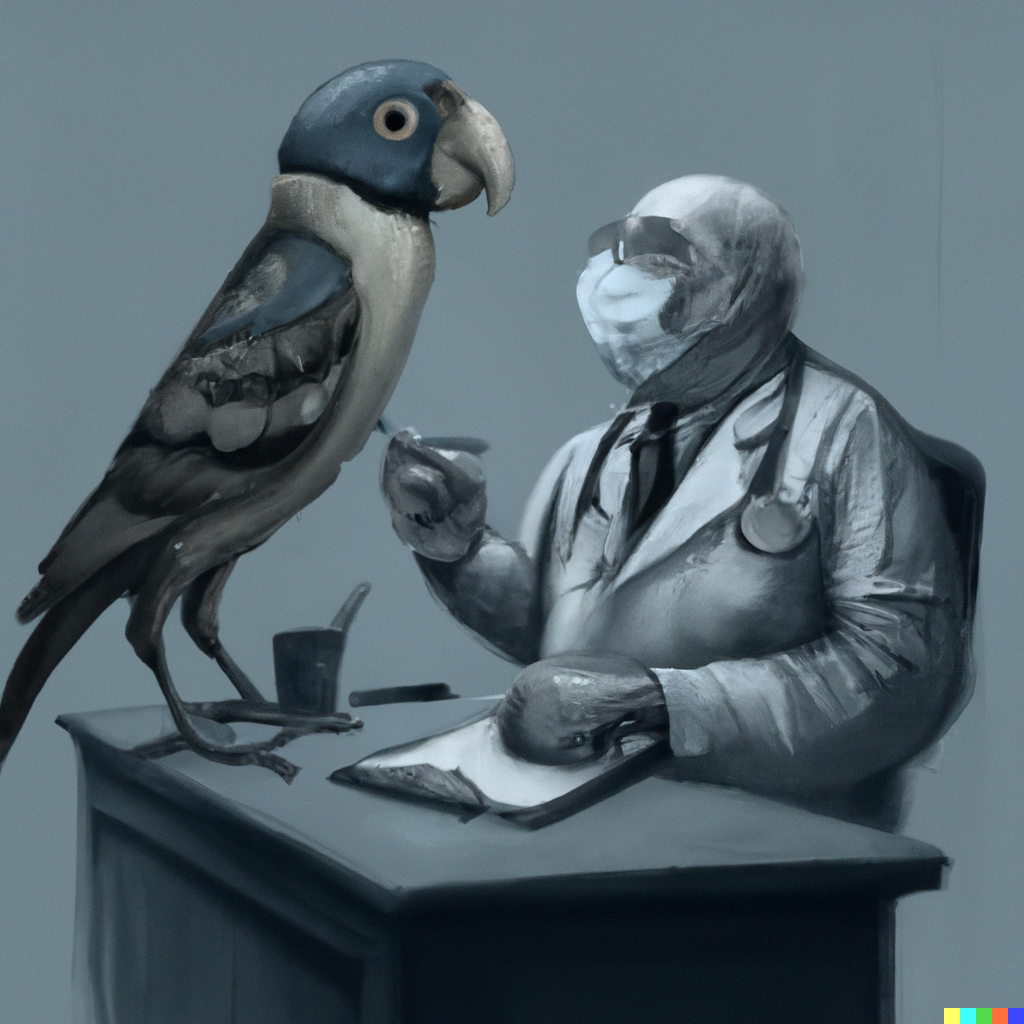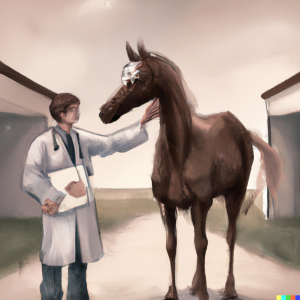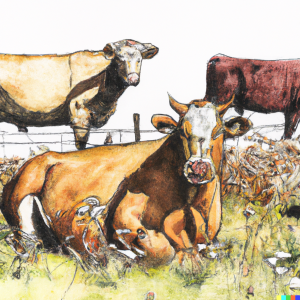
H5N1 Avian Influenza — Impact on Pets
The world is currently witnessing an unparalleled outbreak of the H5N1 avian influenza. Known for its capability to cause severe ailments in birds and humans, the recent discovery of this virus in harbor seals in Puget Sound, Washington, has heightened concerns about its reach and potential impact.
Understanding H5N1 Avian Influenza
Bird flu, known as avian influenza, predominantly affects birds, especially poultry like chickens and ducks. However, some strains, such as the H5N1 variant that first appeared in Asia in 1997, can also infect humans. Since its emergence, there have been intermittent reports of human infections, making it a significant health concern.
The Global Implications
The current outbreak is unique due to the number of countries and animal types involved, spanning avian and mammalian species. This poses not only a health concern but also significant economic challenges. In regions where poultry farming is foundational to the economy, bird flu outbreaks can lead to considerable financial losses. Such events can also disrupt the supply chain for poultry products, influencing domestic consumption and international trade.
Harbor Seals: A New Development
Recently, three adult harbor seals in the Puget Sound area were found to be infected with the H5N1 strain, marking a first for marine mammals on the West Coast. Such infections are consistent with patterns seen in other global regions, indicating the widespread nature of this outbreak.
Potential Risks to Humans and Pets
Although the current risk to humans, especially in areas like Washington state, seems minimal, it’s essential to remain watchful. In light of the evolving situation, experts advise maintaining a safe distance from wildlife to prevent any chance of transmission.
For pet owners, these developments carry significant implications. It’s crucial to ensure that pets do not come into contact with sick or deceased wildlife. Typically, the spread from mammal to mammal is limited even if mammals get infected. The primary transmission risk is believed to be directly from birds to other species.
Tackling the Challenge
Controlling bird flu requires a robust international effort. This includes early detection, culling infected birds, implementing stringent biosecurity measures on farms, and initiating vaccination campaigns where possible. Equally important is raising public awareness about preventive measures, such as adequately cooking poultry products and avoiding exposure to sick or dead birds. Such initiatives can play a pivotal role in reducing human infections.
In summary, the escalating H5N1 avian influenza situation, especially its transmission to marine mammals, emphasizes the need for caution and preparedness. Pet owners should stay informed and exercise caution to minimize their pets’ exposure to potential infection sources. As the situation evolves, international collaboration and public awareness will safeguard human and animal populations.
Stay on Top of Public Health News
Subscribe today! It’s free!



